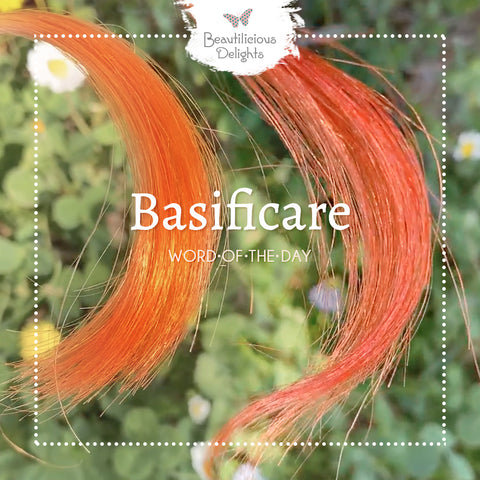Basifying herbal dyes? What does it mean?
The opposite of acidification, which we talked about in recent months, is basification . Every time I mention it in a story or video tutorial, I always get messages asking me what it is and how to do it.
What exactly does it mean to base? What is it about?
Basifying implies that with the help of other substances (usually sodium bicarbonate) we are going to modify the pH of a specific substance (in our case the dyeing herbs ) making it alkaline.The pH value measures the degree of acidity or alkalinity (basicity) of a liquid substance. A value lower than 7 is considered acidic pH, while if it is higher than 7 the pH is basic.
Which dyeing or reflexing herbs can be basified?
Katam and indigo are notoriously fond of alkaline environments for their pigment to work best. But it must be said that they work very well even without the addition of bicarbonate because they naturally develop an alkaline environment.
Basically, all dyeing and/or reflexing herbs can be basified.
However, this operation must be done in full awareness of how the basic environment created will vary the shade of the pigment released.
When is it necessary to basify the dyeing powders?
We can decide whether or not to base a powder or dye mix, based on the type of shade we want to achieve.
Some reflective herbs totally change the reflections they give to the hair based on the pH of the environment in which they are found, such as madder, turmeric, rhubarb or hibiscus and we could often see it in the videos posted on my social profiles.
How much baking soda should I add to my mix?
Based on the quantity of dyeing powders to be basified, it is decided whether it is enough to use only the tip of a bicarbonate knife (for about 10-20 grams) or a level teaspoon of bicarbonate when one needs to basify 70-100 grams.
How are dyeing herbs based?
The bicarbonate powder is added exclusively to the dyeing powders that we need to basify, mix and then add the water. We then add the batter obtained to the other dye powders in our mix which we were not interested in basifying.
Are you basifying some highlighting or dry herb?
Thank you if you want to share it in the comments, specifying what kind of reflections/tones you can get thanks to basification.
